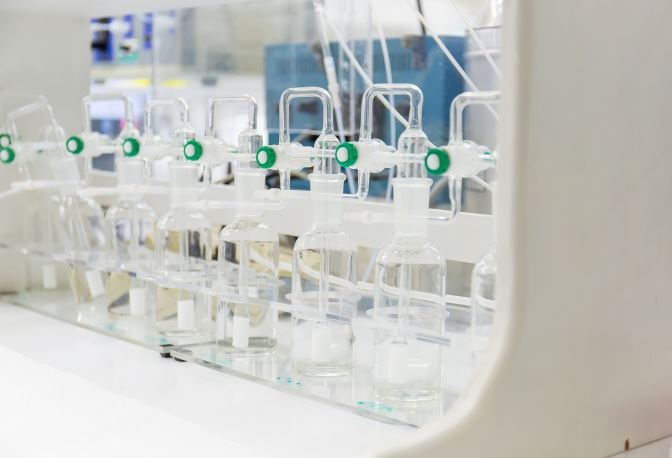Groundwater Monitoring Analyses at Caltest Labs
Caltest is a leader in the use of EPA required analytical methods. Our performance evaluation studies are excellent over a period of more than thirty-five years. We are recipients of four awards from the California Water Environment Association for our services, and have participated in numerous monitoring studies scrutinized by government and industry experts. Our lab primarily runs water samples for lower levels of contaminants, which helps in keeping the system optimized for low levels of reporting without cross contamination or carry-over from one sample to another.

Some of the ways we excel at Groundwater Analyses:
EPA Organics methods for Groundwater
- Organochlorine Pesticides and PCB’s (EPA 8081)
- Organophosphorus Pesticides (EPA 8141)
- Volatile Organics (EPA 8260)
- Semi-Volatile Organics (EPA 8270)
- Polynuclear Aromatic Hydrocarbons (EPA 8270)
- Carbamate Pesticides (EPA 8321)
Our pesticide analytical work is conducted using mass spectrometers. We have ended the debate over whether detections by conventional detectors are really the target analyte or interferences. Mass Spectrometer data is fundamentally stronger to identify the pollutant in the groundwater. We have conventional analyte lists and custom lists using the mass spectrometers.
Collision Cell is an ICPMS metals instrumentation advancement for reducing matrix based interferences in trace metals analyses. Almost all matrix interference in ICPMS results in overestimation of the analyte concentration which is problematic for regulatory compliance use.
Caltest was the first lab to explore the collision cell improvements in this region, and did extensive demonstrations of its capabilities at our own expense to prove this technique before recommending it to our clients. We served as the introduction of the technique to the local EPA Region 9 QA staff, and obtained the first letters of authorization to use this process for compliance work. This advancement was not demanded by clients, but researched by us, demonstrated here in real matrices, communicated in our in-house seminars and training events, and finally made routine for all our ICPMS work that is not for drinking water, where it is not approved yet. This has been a nice success story demonstrating our interest in offering the best techniques available, and acting as an early adopter of instrument or process advances that will improve the data quality of client samples. We were the first and still one of the few to provide all ICPMS metals by collision cell. Use of collision cell dramatically reduces the positive quantitation bias associated with interferences. Groundwater monitoring analyses by collision cell will handle matrix interferences better than conventional ICPMS alone. Challenge matrices can be spiked to explore if the collision cell addresses your particular matrix issues.
